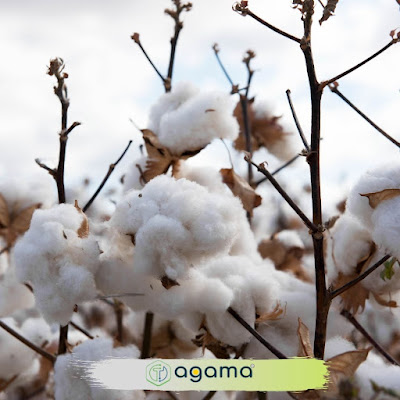In the ever-evolving landscape of the global textile industry, sourcing raw materials and connecting with reliable suppliers have become critical components for success. Textile sourcing platforms have emerged as transformative tools, revolutionizing the way businesses in the textile sector operate. These platforms offer a centralized and efficient approach to procurement, fostering collaboration, transparency, and sustainability. In this article, we will explore the significance of textile sourcing platforms, their key features, benefits, and the impact they have on the textile industry.
Before delving into the role of sourcing platforms, it's essential to understand the dynamics of the textile industry. The sector encompasses a wide range of products, from natural fibers like cotton and wool to synthetic materials such as polyester and nylon. The complexity of the supply chain, coupled with the diverse nature of textile products, makes sourcing a challenging task for businesses across the globe.
Traditional methods of sourcing textiles often involve a lengthy and convoluted process. Businesses typically rely on a network of agents, brokers, and middlemen to connect with suppliers, negotiate prices, and ensure quality. This traditional approach is not only time-consuming but also susceptible to inefficiencies, lack of transparency, and increased costs. Moreover, the manual nature of these processes can lead to errors, delays, and a lack of real-time information.
Textile sourcing platform act as a bridge between buyers and suppliers, offering a digital marketplace where transactions and interactions can take place seamlessly. These platforms leverage technology to streamline the sourcing process, making it more efficient, transparent, and accessible. Here are some key features that define these platforms:
- Textile sourcing platforms maintain a comprehensive database of suppliers, categorized based on their offerings, capabilities, and certifications.
- Buyers can easily search and filter suppliers based on specific criteria, such as location, product type, and production capacity.
- Suppliers showcase their products through digital catalogs, providing detailed information about materials, specifications, and pricing.
- Buyers can browse through these catalogs, compare offerings, and make informed decisions without the need for physical samples.
- Integrated communication tools facilitate direct communication between buyers and suppliers, eliminating the need for intermediaries.
- Real-time messaging and collaboration features enhance transparency and help build strong, direct relationships.
Transaction Management:
- Textile sourcing platforms often include tools for managing transactions, including order placement, invoicing, and payment processing.
- Automated systems reduce the risk of errors, streamline financial processes, and improve overall efficiency.
Benefits of Textile Sourcing Platforms
The adoption of textile sourcing platforms brings about numerous benefits for both buyers and suppliers in the textile industry:
Efficiency and Time Savings:
- The streamlined procurement process reduces the time and effort required for sourcing materials.
- Quick access to a diverse range of suppliers allows businesses to make faster decisions and respond promptly to market demands.
- By eliminating intermediaries, businesses can cut down on costs associated with agents and brokers.
- Transparent pricing and competitive bidding on the platform contribute to cost savings for buyers.
- Sourcing platforms enable businesses to connect with suppliers from around the world, expanding their reach and diversifying their sourcing options.
- This global reach opens up opportunities for sourcing unique and specialized materials.
- Enhanced transparency in the sourcing process ensures that buyers have access to accurate and up-to-date information.
- Traceability features allow businesses to track the origin of materials, promoting sustainability and ethical sourcing practices.
- Buyers can make informed decisions by reviewing supplier profiles, ratings, and customer reviews.
- The platform often includes quality assurance mechanisms, ensuring that products meet specified standards.
- Many textile sourcing platforms prioritize sustainability by highlighting eco-friendly and responsibly sourced materials.
- This focus aligns with the growing demand for sustainable and ethically produced textiles in the market.
Impact on the Textile Industry
The adoption of textile sourcing platforms has a profound impact on the textile industry, driving positive changes across various aspects:
Sourcing platforms catalyze the digital transformation of the textile industry, encouraging businesses to embrace technology for improved efficiency and competitiveness.
SMEs, which may face challenges in establishing a global presence, benefit from the increased visibility and accessibility provided by sourcing platforms.
Conclusion
Textile sourcing platforms represent a paradigm shift in the way the textile industry approaches procurement and supplier management. The benefits of efficiency, cost reduction, and sustainability make these platforms essential tools for businesses aiming to stay competitive in a rapidly evolving market. As the industry continues to embrace digital transformation, the role of textile sourcing platforms will only become more pivotal, shaping the future of textile sourcing and supply chain management.


.jpg)
.jpg)


